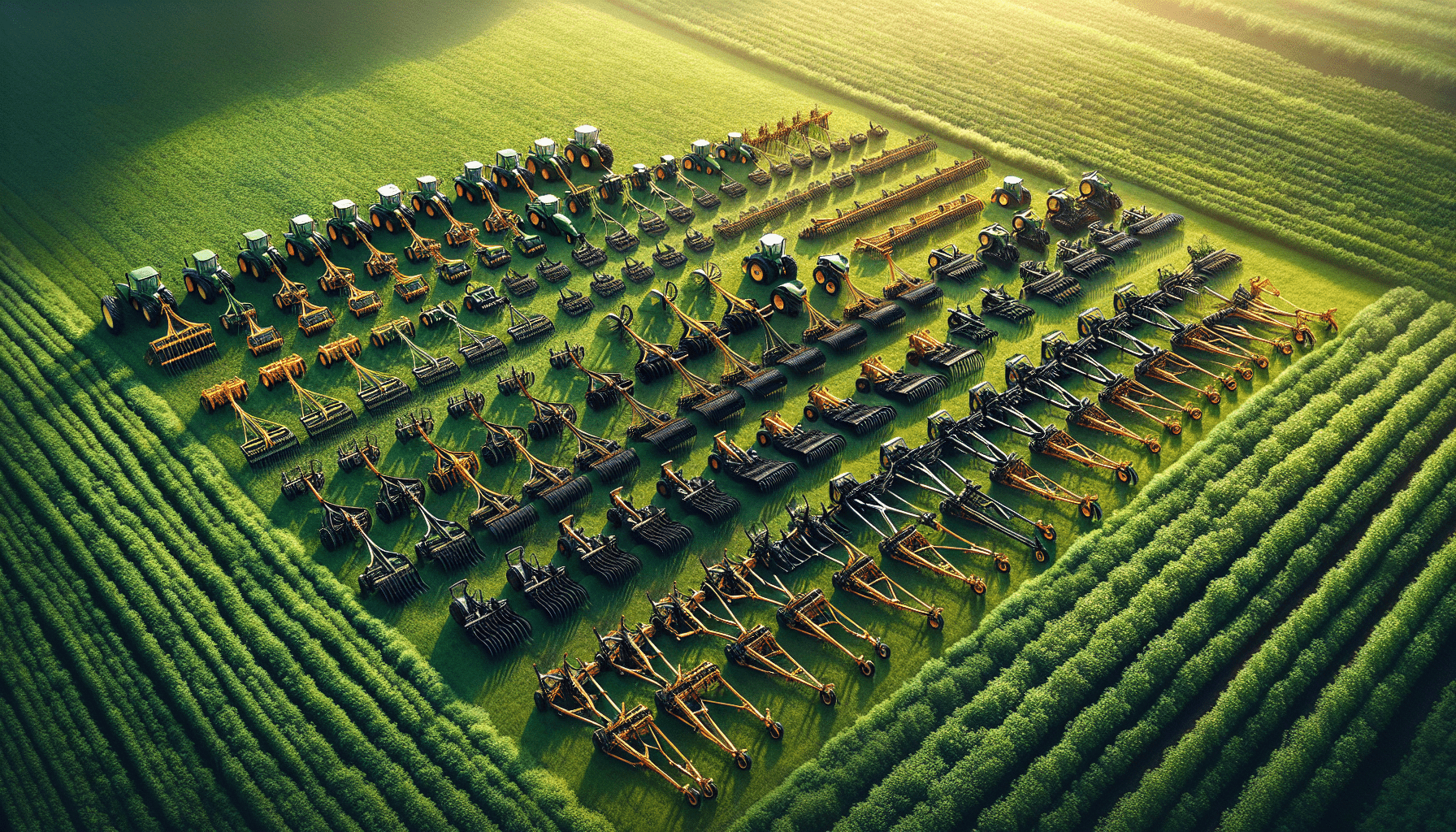This post may contain affiliate links which means I may receive a commission for purchases made through links. Learn more on my Private Policy page.
Welcome to the guide on how to select the right size and type of plow for your fields! By considering factors such as field size, soil type, and tractor horsepower, you can ensure that you are making the best choice for maximizing productivity and efficiency in your farming operations. Stay tuned as we explore the key considerations and tips for selecting the perfect plow for your fields.
How To Select The Right Size And Type Of Plow For Your Fields
Are you looking to invest in a new plow for your fields but feeling overwhelmed by the wide variety of options available? Selecting the right size and type of plow is crucial to ensure efficient and effective tilling of your land. Let’s break down the factors to consider when choosing the perfect plow for your fields.
Factors to Consider When Selecting a Plow
When choosing a plow for your fields, several factors need to be taken into consideration to ensure that you select the right size and type that will meet your unique needs.
The size of your fields, soil type, tractor horsepower, and intended depth of tillage are all crucial factors to consider when selecting a plow. Additionally, the type of crops you grow and the specific farming practices you follow will also influence your decision.
Determining the Size of Your Fields
The first step in selecting the right size of plow for your fields is to determine the size of your fields. The size of your fields will impact the width of plow that will be most suitable for efficient and timely tilling.
For smaller fields, a smaller plow with a narrower width may be sufficient, while larger fields will require a wider plow to cover more ground in less time.

Understanding Soil Type
The type of soil on your fields is another crucial factor to consider when selecting a plow. Different soil types will require different types of plows to ensure effective tilling without causing damage to the soil structure.
For example, sandy soils may require a lighter plow with more clearance, while clay soils may require a heavier-duty plow to break through compacted soil. It is important to choose a plow that is suited to the specific soil conditions on your fields.
Considering Tractor Horsepower
The horsepower of your tractor is an important factor to consider when selecting a plow. The horsepower of your tractor will impact the size and type of plow that it can effectively pull through the soil.
It is crucial to match the horsepower of your tractor with the requirements of the plow to ensure that it can handle the workload without causing strain on the tractor or affecting the quality of tillage.

Intended Depth of Tillage
The depth of tillage required for your fields is another important factor to consider when selecting a plow. Different crops and farming practices may require different depths of tillage to achieve optimal results.
Some plows are adjustable and can be set to different depths, while others are designed for specific depths of tillage. It is important to consider the intended depth of tillage for your fields when selecting a plow to ensure that it meets your specific requirements.
Types of Plows
There are several different types of plows available, each designed for specific purposes and soil conditions. Understanding the types of plows available will help you make an informed decision when selecting the right plow for your fields.
Moldboard Plow
The moldboard plow is one of the most common types of plows and is typically used for turning over the soil and burying crop residue. The moldboard plow is effective in breaking up compacted soil and improving soil structure.
Chisel Plow
The chisel plow is designed for deep tillage and is often used to break up hardpans and compacted soil. The chisel plow is effective in breaking through tough soil conditions and improving soil aeration and drainage.
Disc Plow
The disc plow is designed with a series of concave discs that cut and turn over the soil. The disc plow is effective in cutting through crop residue and working well in rocky or stony soils.
Subsoiler Plow
The subsoiler plow is designed for deep tillage and is used to break up hardpans and improve soil structure at deeper levels. The subsoiler plow is effective in breaking through layers of compacted soil and improving water infiltration and root growth.
Matching Plow Size and Type to Your Specific Needs
After considering the factors outlined above and understanding the types of plows available, it is crucial to match the size and type of plow to your specific needs.
For example, if you have a small field with sandy soil, a moldboard plow may be suitable for turning over the soil and improving soil structure. However, if you have a large field with clay soil, a chisel plow may be more effective in breaking through compacted soil.
By taking into account the size of your fields, soil type, tractor horsepower, intended depth of tillage, and specific farming practices, you can confidently select the right size and type of plow that will meet your unique needs and ensure efficient and effective tilling of your fields.
Remember that investing in the right plow for your fields is crucial for long-term success in your farming endeavors. Happy plowing!
This post may contain affiliate links which means I may receive a commission for purchases made through links. Learn more on my Private Policy page.

